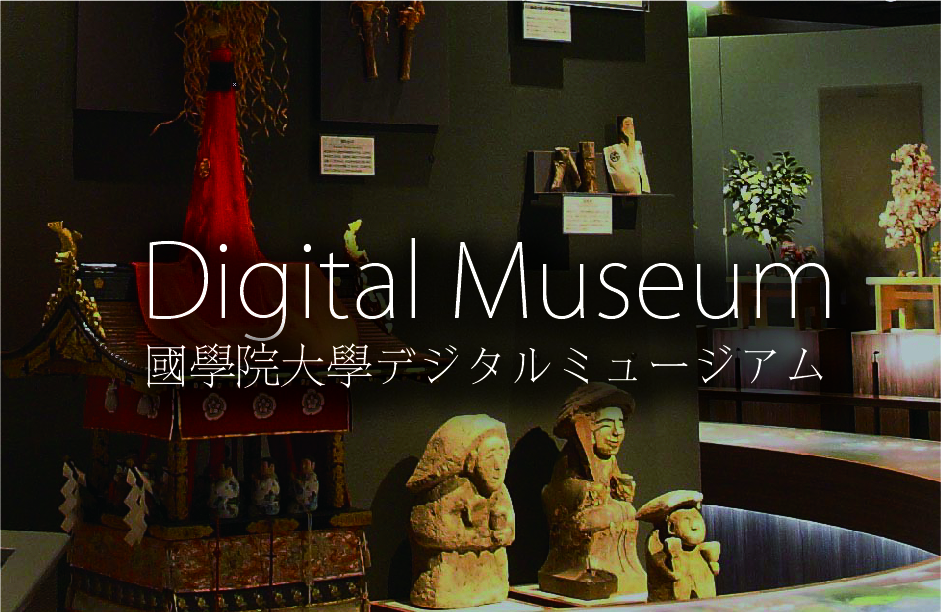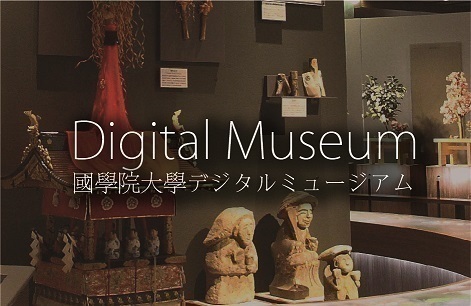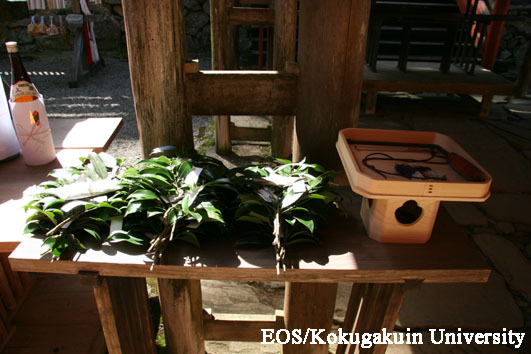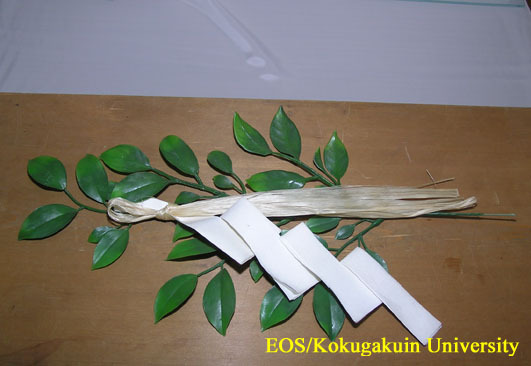- トップ
- Encyclopedia of Shinto
- Sakaki
Encyclopedia of Shinto
| Main Menu: | |
| Links: |
詳細表示 (Complete Article)
| カテゴリー1: | 4. Jinja (Shrines) |
|---|---|
| カテゴリー2: | Ritual Implements and Vestments |
| Title | Sakaki |
| Text | Cleyera japonica, an evergreen tree whose branches are used in Shinto ritual, for example, as offering wands (tamagushi) presented before a kami. When presented as tamagushi, paper streamers (shide) are usually attached to the branch. Branches of sakaki are also used for decoration, purification implements, and as hand-held "props" (torimono) in ritual dance. Sakaki may also be affixed to shrine buildings or fences as a means of designating the interior as sacred space. Theories regarding the etymology of the word sakaki range from those based on the nature of the sakaki as an "evergreen" or "always thriving tree" (sakaeru-ki) representing prosperity or thriving, to others which derive from the use of the tree as a "border-tree" (sakai-ki) used to demarcate sacred spaces. In the "divine age" chapters of Kojiki, the term sakaki appears as rites are performed to lure Amaterasu out of the heavenly rock cave; the passage states that "they tore from the very roots the flourishing masakaki of the mountain Ame no Kaguyama" and festooned it with jewel beads, a mirror, and cloth (nigite). A similar passage is found in Nihongi, which also includes a passage in the record of Emperor Keikō that speaks of the "sakaki of Mount Shitsu," while the record of Emperor Chūai refers to a "five-hundred branch" sakaki." All of these records note that jewels, swords, and mirrors were hung from the branches. The sakaki has been used since ancient times in divine rituals. While the name originally referred to all evergreens, it gradually was limited to those small trees in the camelia (tsubaki) family. In practice, however, a number of other trees, including oak (kashi), cryptomeria (sugi), boxwood (tsuge), and fir (momi) are sometimes substituted in ritual use. As the examples of masakaki found in Kojiki and Nihongi suggest, the trees were decorated in a number of different ways: some were adorned with mirrors, jewels, and swords, some with five-colored silks, mirrors jewels and swords, while others were decorated only with five-colored silks. In the Rules for Ritual Procedure at Shrines (Jinja saishiki) implemented in 1875, the term masakaki is used to refer to two poles of Japanese cypress (hinoki) with branches of sakaki attached at the tips. Five-color silks (blue, yellow, red, white, and purple) are attached below the sakaki. The pole on the right (when facing the shrine) is decorated with a mirror and a jewel, and the one on the left with a sword. — Inoue Nobutaka |







